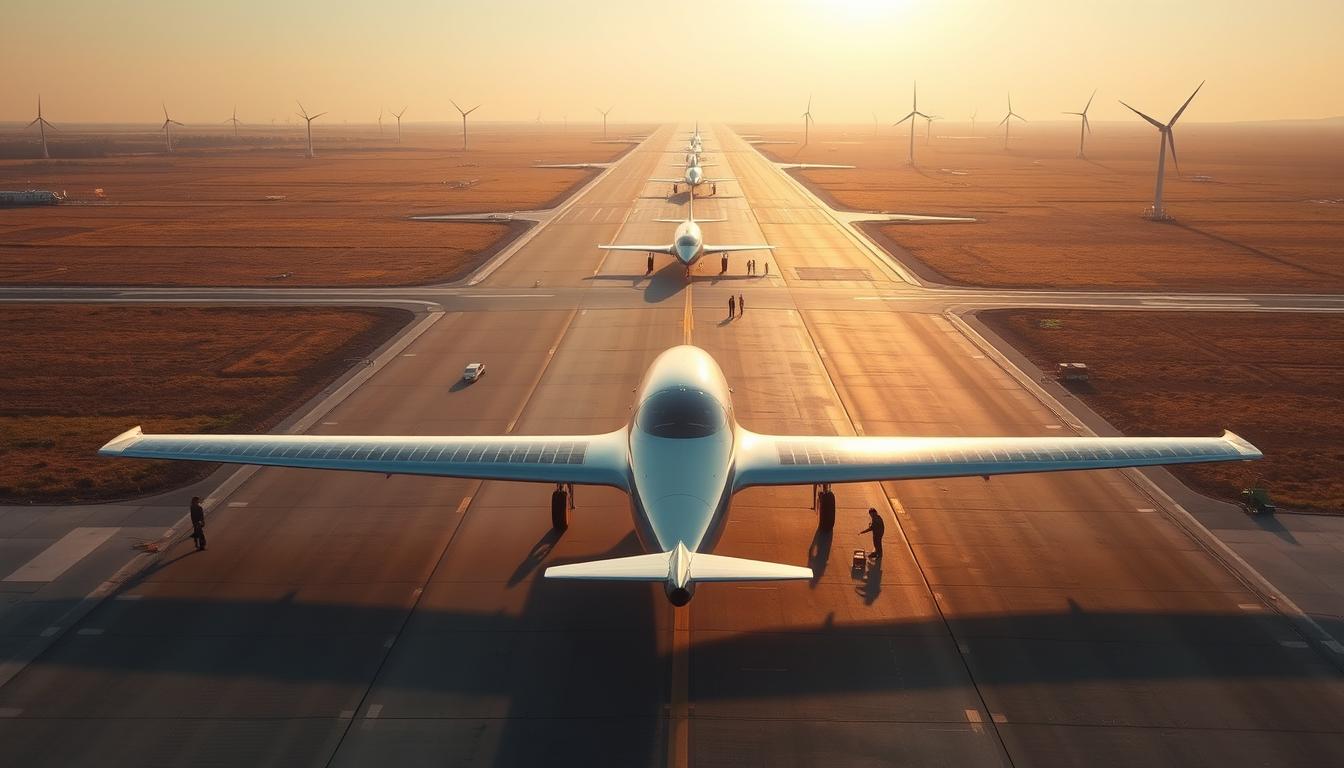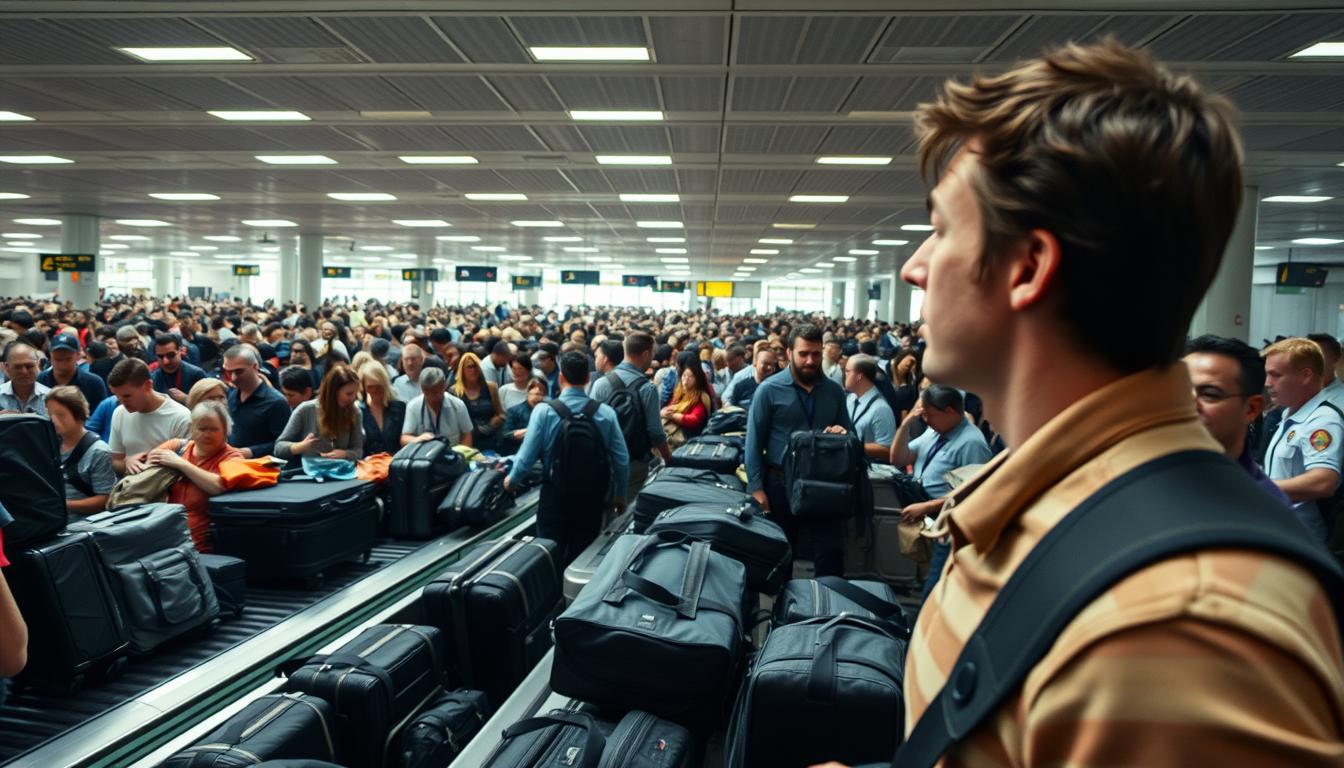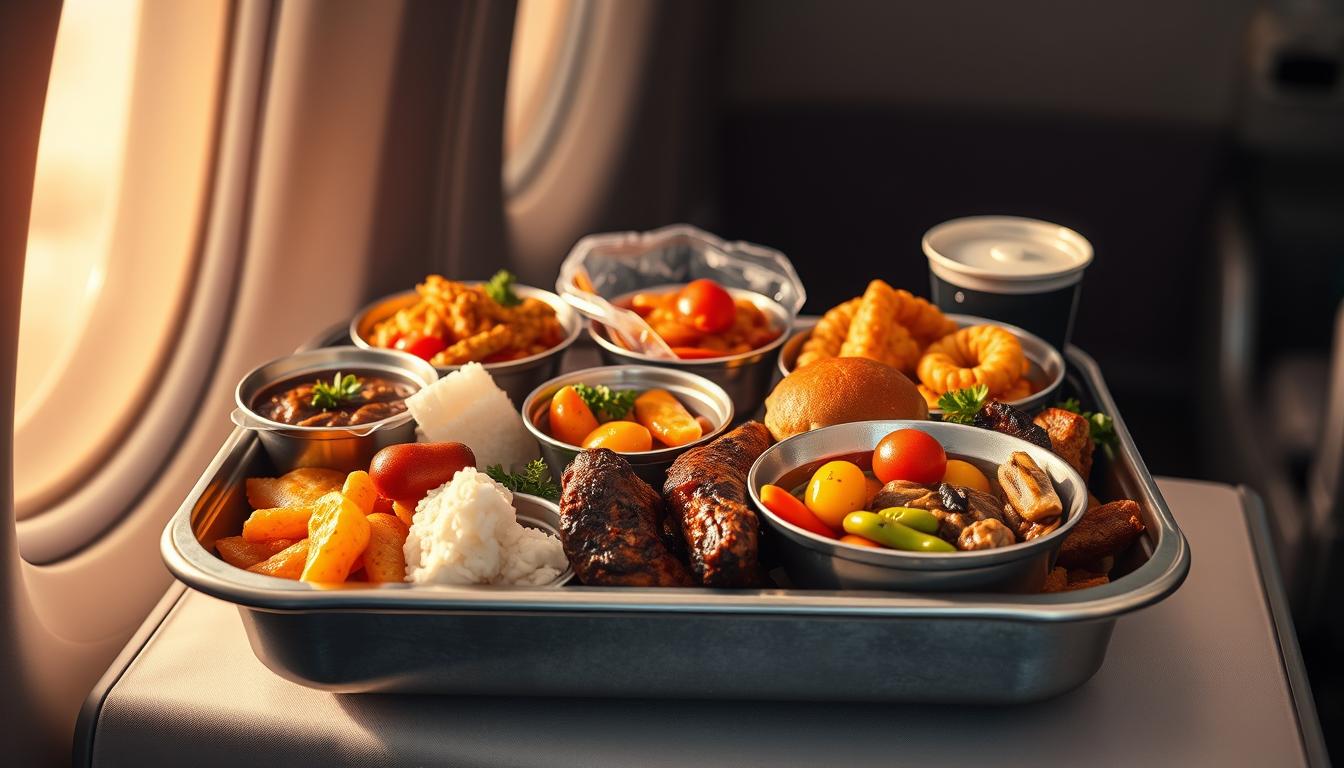Anúncios
Have you ever wondered if the experience of flying business class varies significantly depending on the region? European and American business class offer a good comparison.
The business class offered by European and American airlines has its own unique characteristics. While some airlines have distinguished themselves by offering luxury and comfort, others prioritize efficiency and practicality.
Anúncios
Today, we will understand the main differences between these two flight classes.
The global landscape of top executives

Top executives play a crucial role in the dynamics of the global economy. They make strategic decisions that directly influence the direction of the companies they lead and often impact entire sectors of the economy.
Historical evolution of the executive role
Over the years, the role of senior executives has evolved significantly. Initially focused on operational management, they now face complex challenges including globalization, technological innovation, and economic change.
Anúncios
This evolution reflects the growing importance of strategic leadership in organizations.
Globalization has brought new challenges and opportunities for executives. They must navigate diverse cultural and economic environments, making decisions that consider multiple variables.
Cultural and economic factors that shape differences
Cultural and economic factors play a significant role in shaping the differences between European and American executives. Corporate culture, values, and management practices vary across these regions.
For example, European executives tend to prioritize work-life balance, while American executives often focus on productivity and competitiveness, reflecting the distinct cultures and economies of their regions.
Business culture: European and American business class
Business culture reflects the unique characteristics of each region, directly influencing how executives conduct business.
European and American business cultures have their own particularities, due to historical, economic, and social factors.
European corporate values
European corporate values are deeply rooted in tradition and stability. European companies tend to prioritize continuity and solidity in business.
- Tradition and stability: Tradition and stability are fundamental to European companies, reflected in the emphasis on well-established processes and an aversion to excessive risk.
- Corporate social responsibility: European companies also place great importance on corporate social responsibility, investing in initiatives that benefit the community and promote sustainable practices.
American business philosophy
The American business philosophy is characterized by innovation and rapid growth. American companies are known for their ability to innovate and expand rapidly.
- Innovation and accelerated growth: Innovation is one of the main drivers of business success in the US. American companies invest heavily in research and development, constantly seeking new opportunities and solutions, allowing them to stay ahead of the competition and achieve accelerated growth.
- Culture of immediate results: A culture of immediate results is another hallmark of American companies. Executives are evaluated based on their short-term performance, which can lead to bold and swift decisions.
Leadership styles and decision-making

Effective leadership is crucial to the success of organizations, and leadership styles vary significantly between Europe and the Americas. This variation is influenced by cultural, historical, and economic factors.
European hierarchical models vs. American dynamics
In Europe, leadership models tend to be more traditional, with a well-defined structure and a clear hierarchy. Decisions generally follow a more formal path, cascading down from senior management to the rest of the organization.
In the United States, however, it’s common to find companies with a more agile and flexible approach. The organizational culture typically values innovation, autonomy, and the ability to react quickly to market changes.
Decision-making processes and risk tolerance
Decision-making processes also vary across cultures. European leaders tend to be more deliberate and analytical in their decisions, involving multiple stakeholders in the process.
American leaders tend to be quicker and more assertive, with a greater willingness to take risks.
| Feature | European Leadership | American Leadership |
|---|---|---|
| Decision Approach | More analytical and deliberate | Faster and more assertive |
| Risk Tolerance | More conservative | More willing to take risks |
Management of multicultural teams
Leading multicultural teams has become an increasingly present challenge in an increasingly connected world. For leaders, this means going beyond technical skills and developing sensitivity to different cultures, habits, and ways of working.
More than recognizing the differences, it’s necessary to deeply understand them and be willing to adjust your own leadership style so that everyone on the team feels valued and engaged.
When we compare the way leadership and decision-making takes place in Europe and the Americas, for example, we see stark contrasts that reflect not only local cultures but also the economic realities of each region.
Therefore, the ability to adapt, communicate empathetically, and lead diverse teams flexibly is increasingly essential for those who want to lead successfully in this global scenario.
Work-life balance
European and American executives face different challenges when seeking a healthy work-life balance. While some prioritize productivity and availability at work, others value free time and vacations.
The European perspective: holidays and free time
In Europe, work-life balance is achieved through flexible work policies and generous vacation policies. For example:
- Paid vacation: Many European countries guarantee a minimum of 20 days of paid vacation per year.
- Working hours: The standard workweek is generally shorter compared to the US.
These policies allow European executives more time to relax and pursue personal activities, contributing to a better work-life balance.
American Work Culture: Productivity and Availability
In the US, work culture is characterized by long hours and an emphasis on productivity and availability. While this can lead to high levels of professional fulfillment, it can also result in:
- Work overload and stress.
- Difficulty disconnecting from work and enjoying personal time.
American work culture highlights the importance of finding ways to manage stress and maintain a healthy balance despite professional demands.
Differences in training and networking between the European and American business class
The executive classes in Europe and the United States present striking differences, especially in the way their professionals are educated and build their networks.
These differences reveal a lot about the business cultures and educational models of each region.
Academic background and credentials
Academic training is a very important aspect for executives. In Europe, there is a strong emphasis on specialized degree programs, such as those offered by French grandes écoles or German technical universities.
In the US, MBA programs are highly valued and considered a fast track to executive advancement. Furthermore, an executive’s credibility can be influenced by their academic background.
Building professional relationships
Networking is another area where the differences between European and American executives become quite clear. In the United States, professionals often adopt a more direct and assertive approach when making contacts, actively participate in events, use digital networks, and are always seeking new connections.
In Europe, however, many executives prefer something more personal and built over time. Rather than expanding their network quickly, they prioritize deeper, more lasting relationships, often influenced by the local business culture and social norms that govern networking there.
International mobility and adaptability
International experience has proven to be a key differentiator for executives who want to stand out in the global market.
Those who have had experience abroad are often more adaptable and prepared to deal with the challenges of multicultural contexts.
Today, more than ever, knowing how to adapt to different business realities is essential. With globalization, the demand for professionals capable of moving between different cultures and markets with confidence and sensitivity has also grown.

Conclusion
The differences between European and American business class go beyond mere preferences; they reflect profound cultural differences that shape the travel experience of senior executives.
By understanding these details, executives can make better decisions, choosing the option that truly suits their needs and taking full advantage of the services available.
European and American business class offer unique experiences, influenced by their respective cultures and business philosophies.
By recognizing and appreciating these differences, travelers can make informed decisions that optimize their productivity and comfort while traveling.




